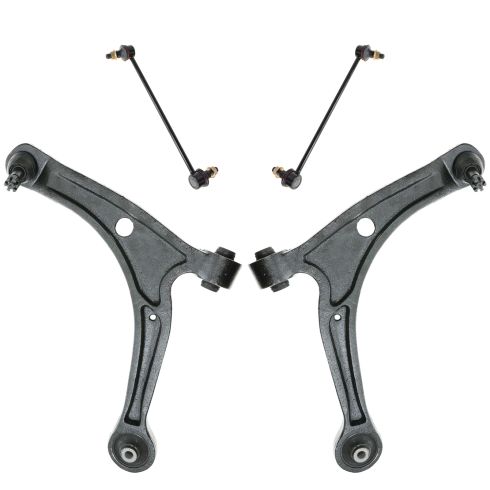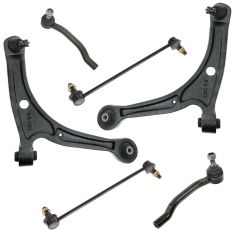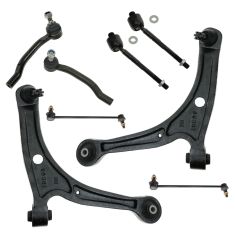1ASFK05890-Honda Pilot Acura MDX Front 4 Piece Suspension Kit TRQ PSA63650

Replaces
2003 Acura MDX Front 4 Piece Suspension Kit TRQ PSA63650

Product Reviews
Loading reviews
5.00/ 5.0
1
1review
Correct part
October 17, 2020
My parts came on time and the they fit great.Customer service was on the money with what I needed also.I would recommend order from this site to others.
Customer Q&A
No questions have been asked about this item.
Acura is a registered trademark of Honda Motor Co., Ltd.. 1A Auto is not affiliated with or sponsored by Acura or Honda Motor Co., Ltd..
See all trademarks.
















